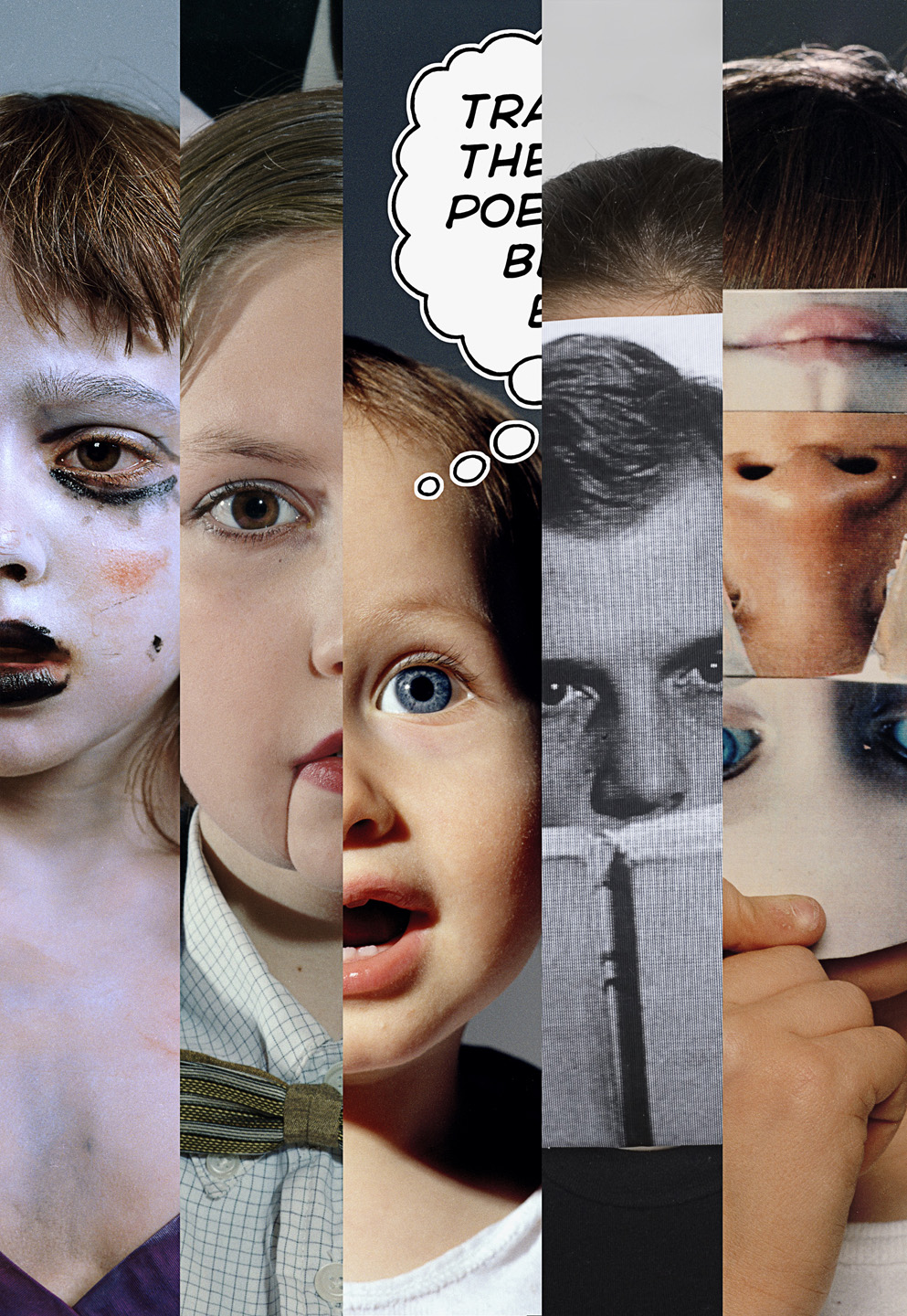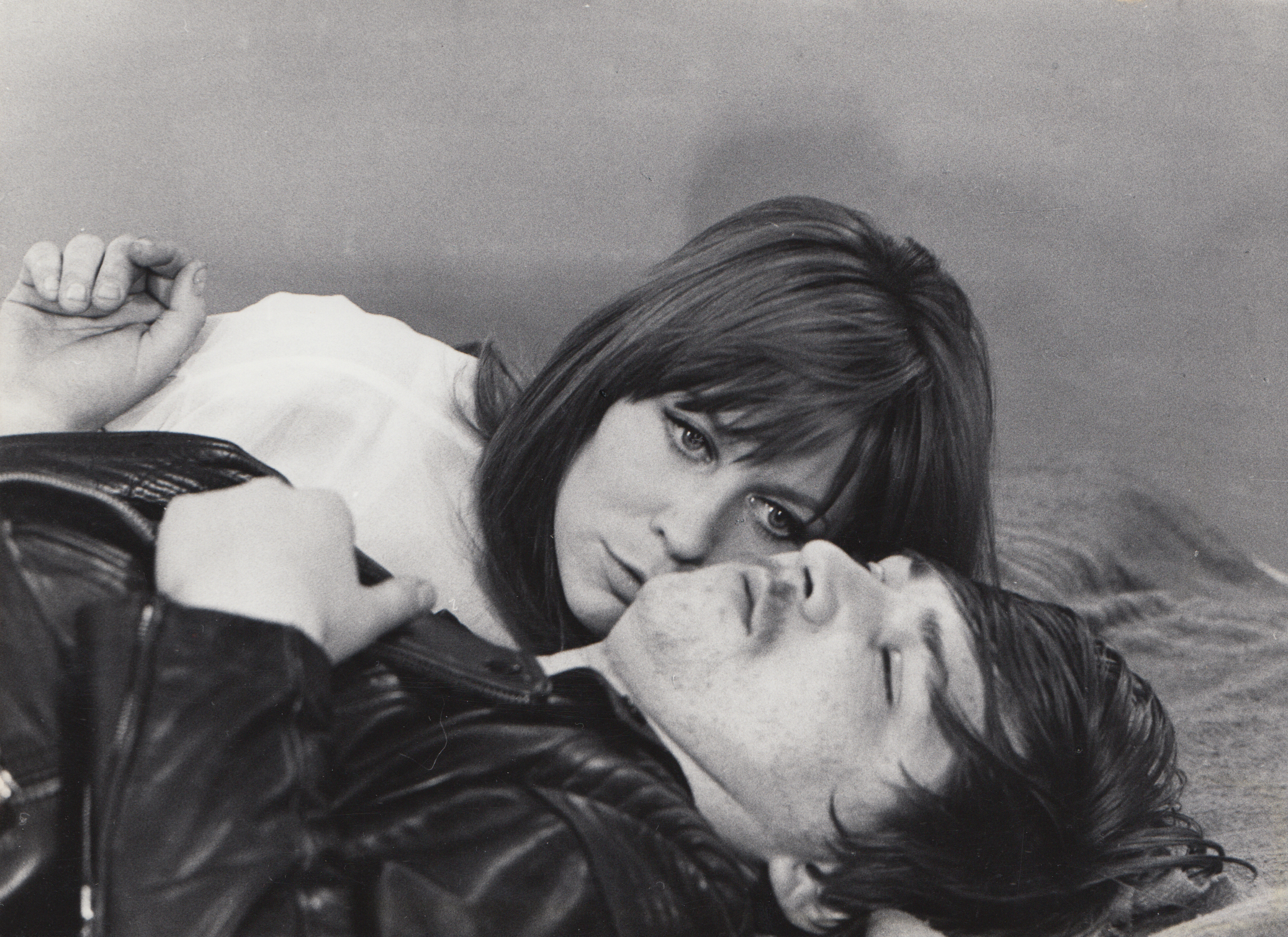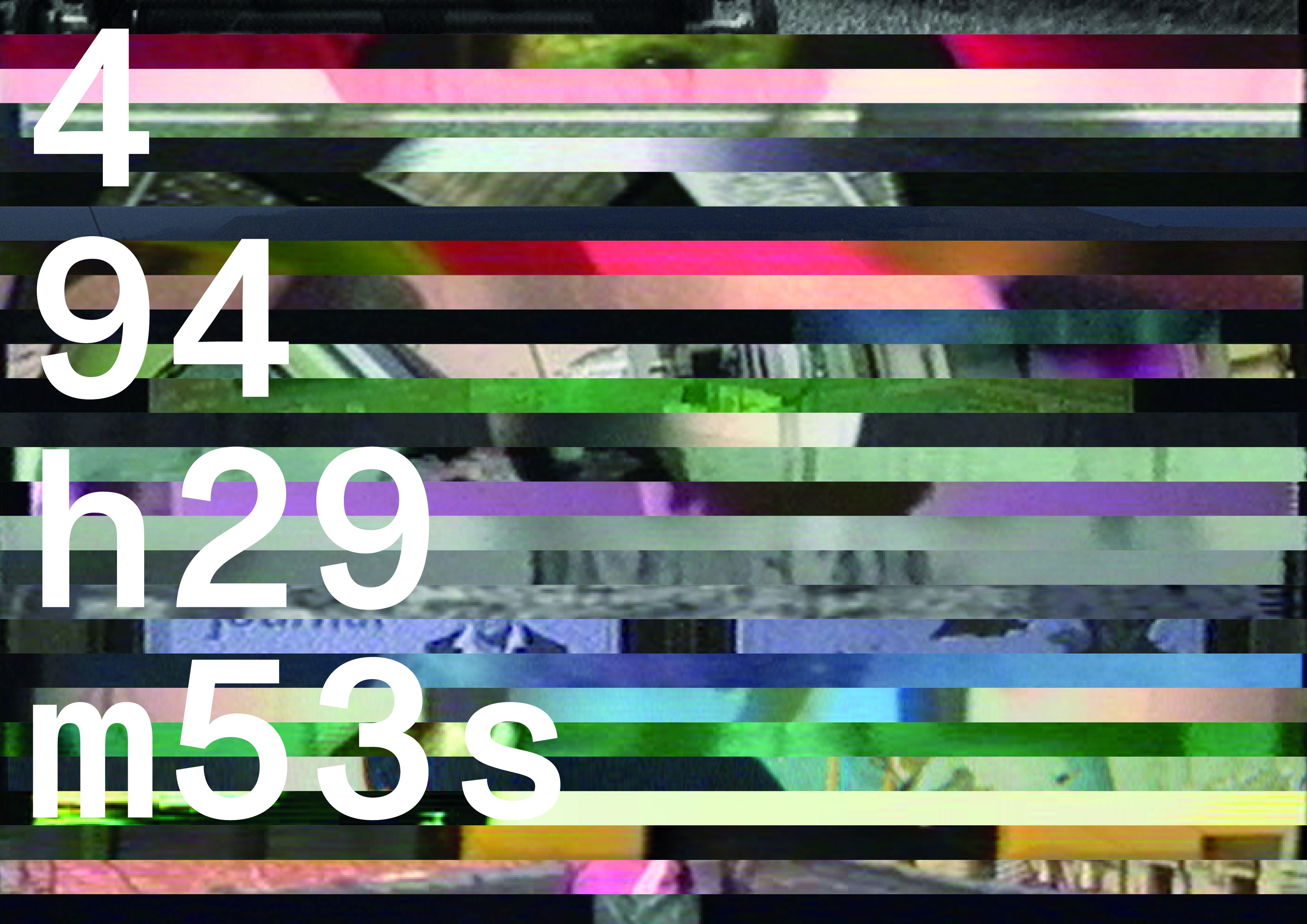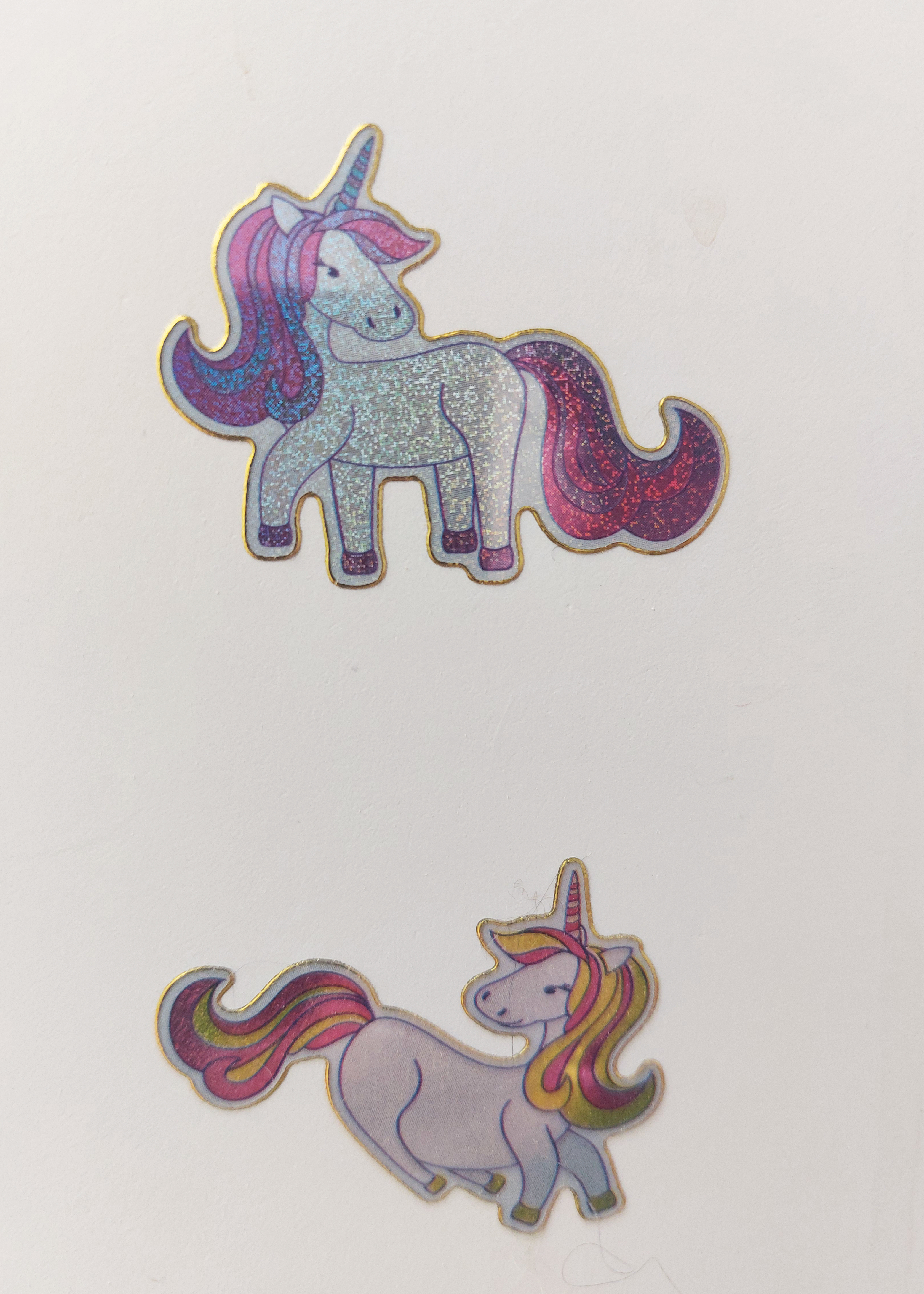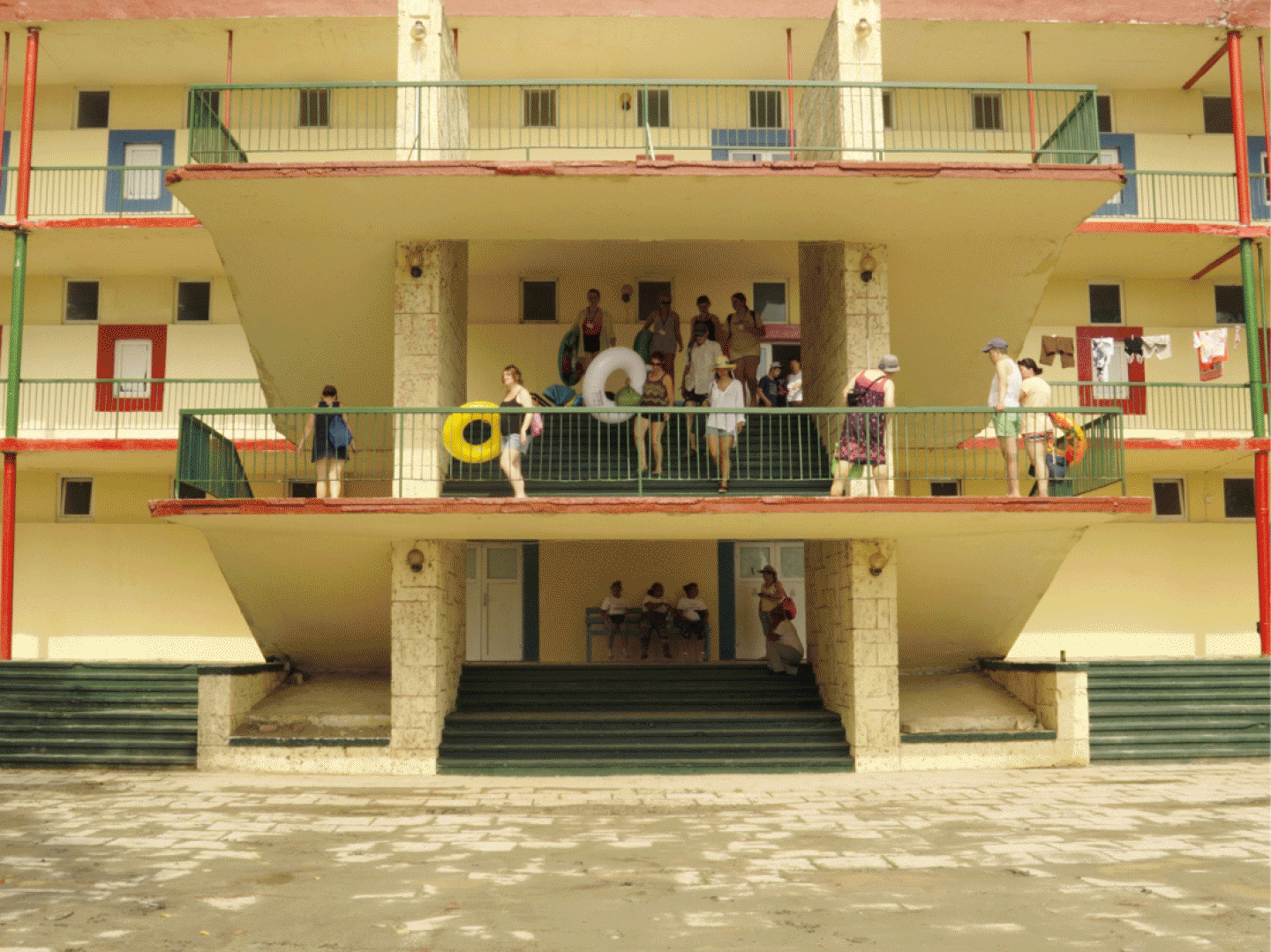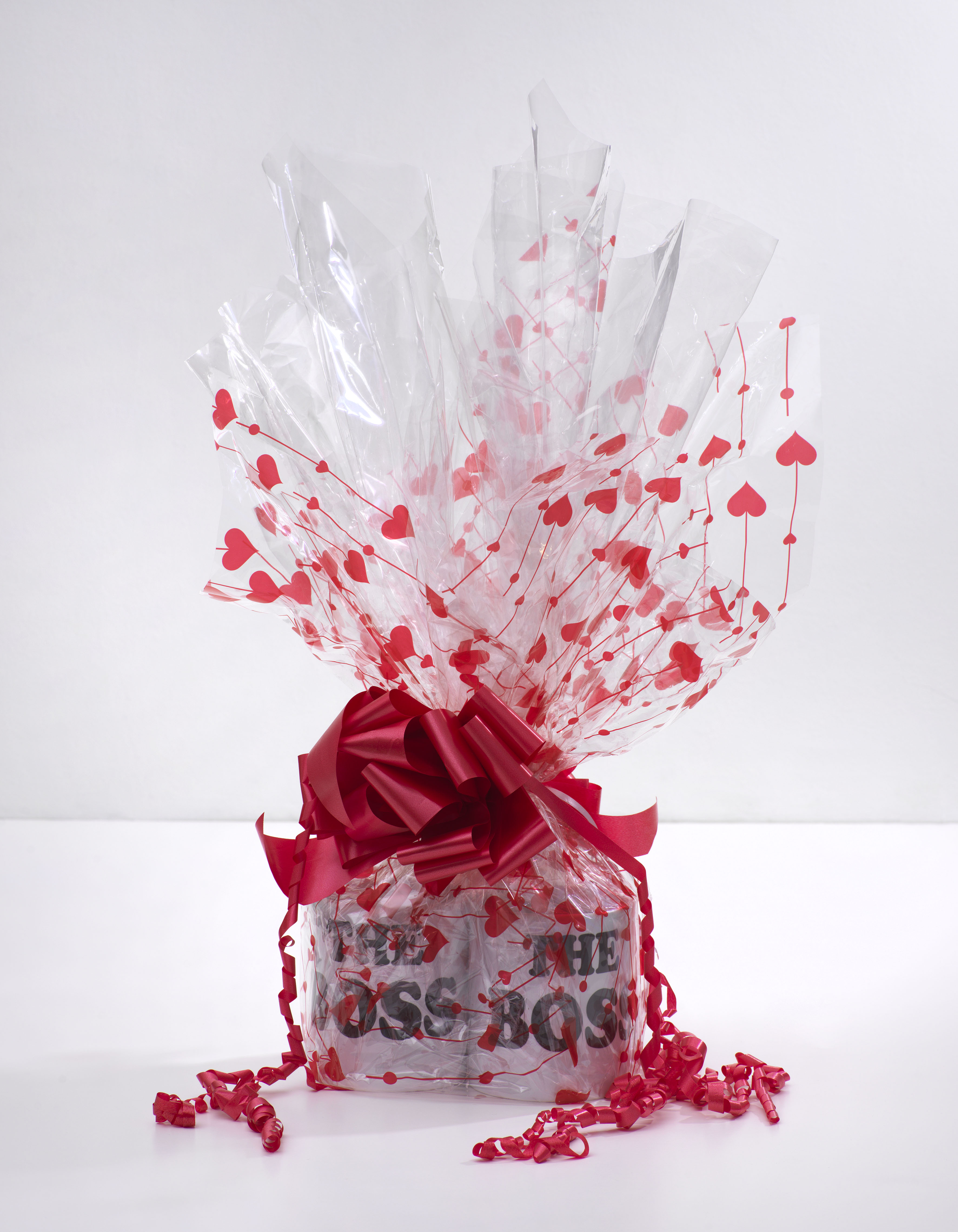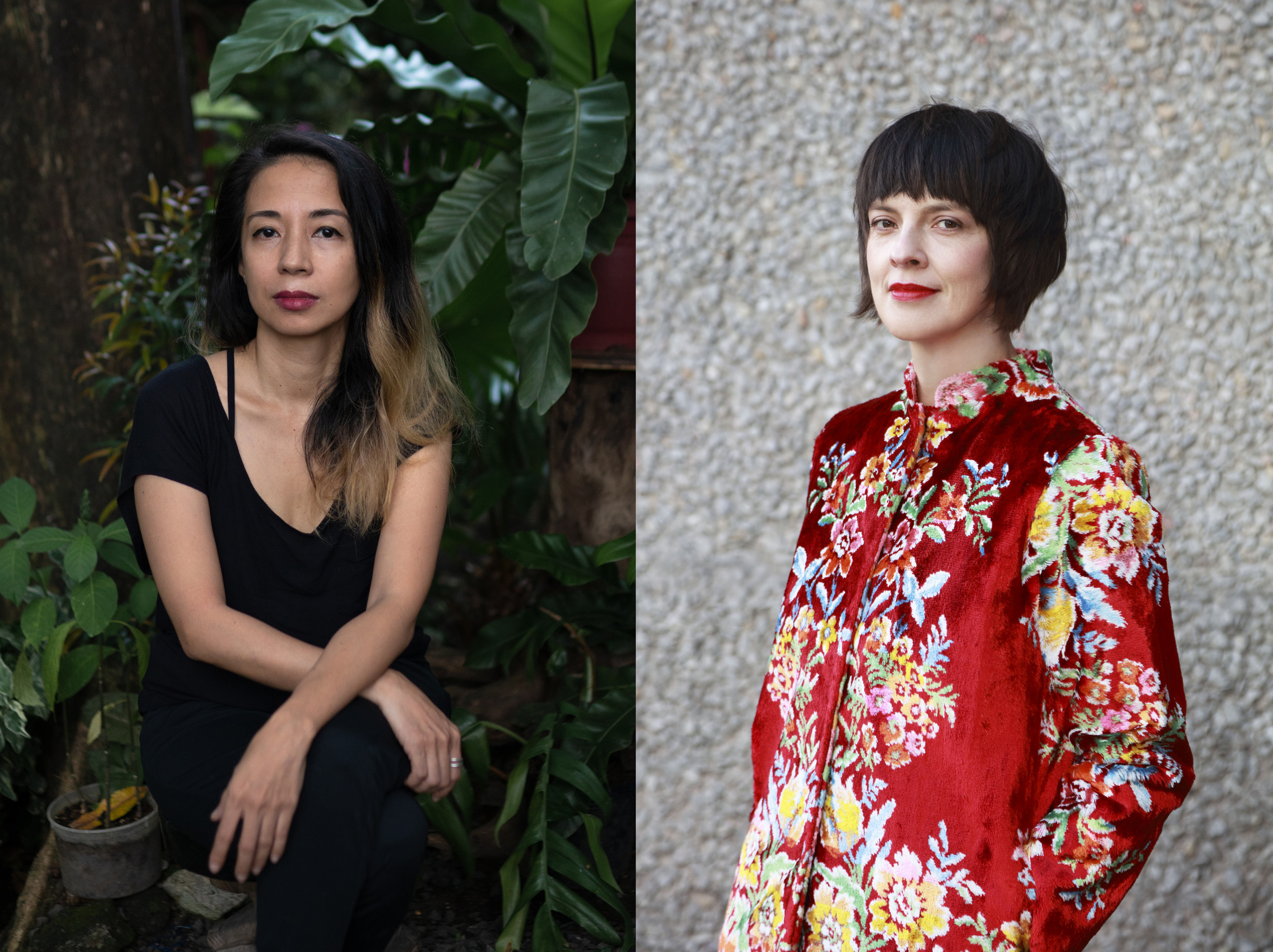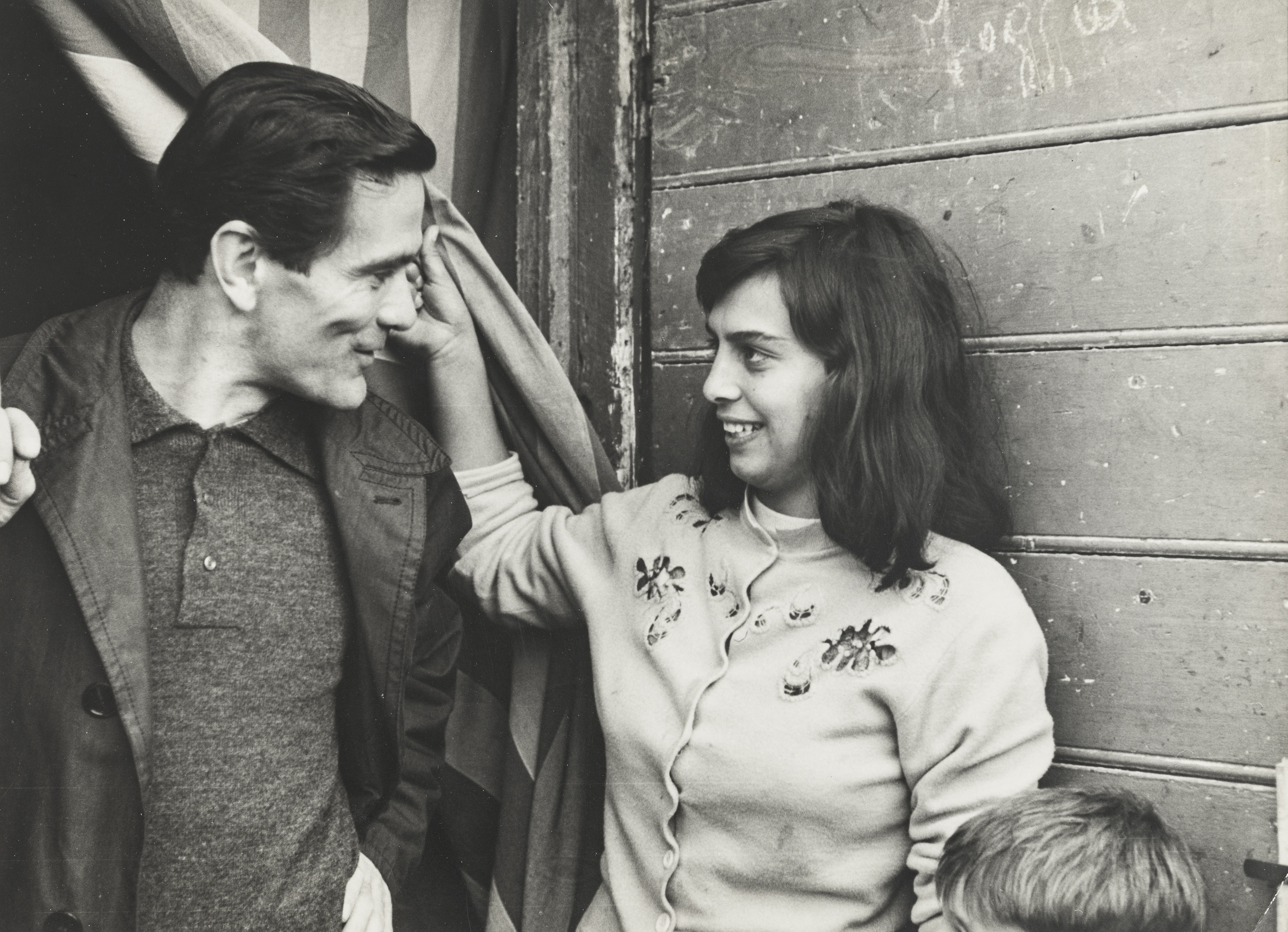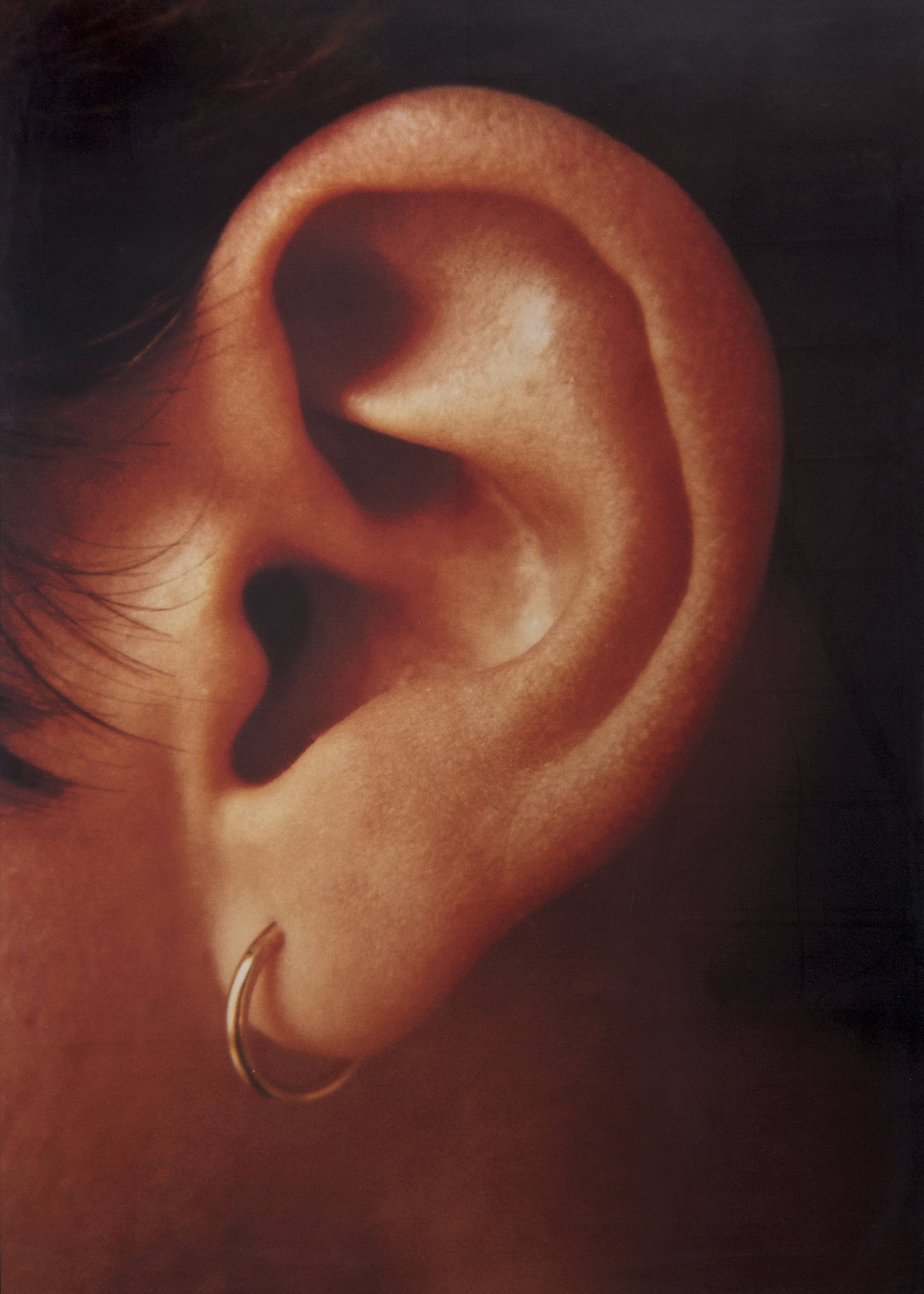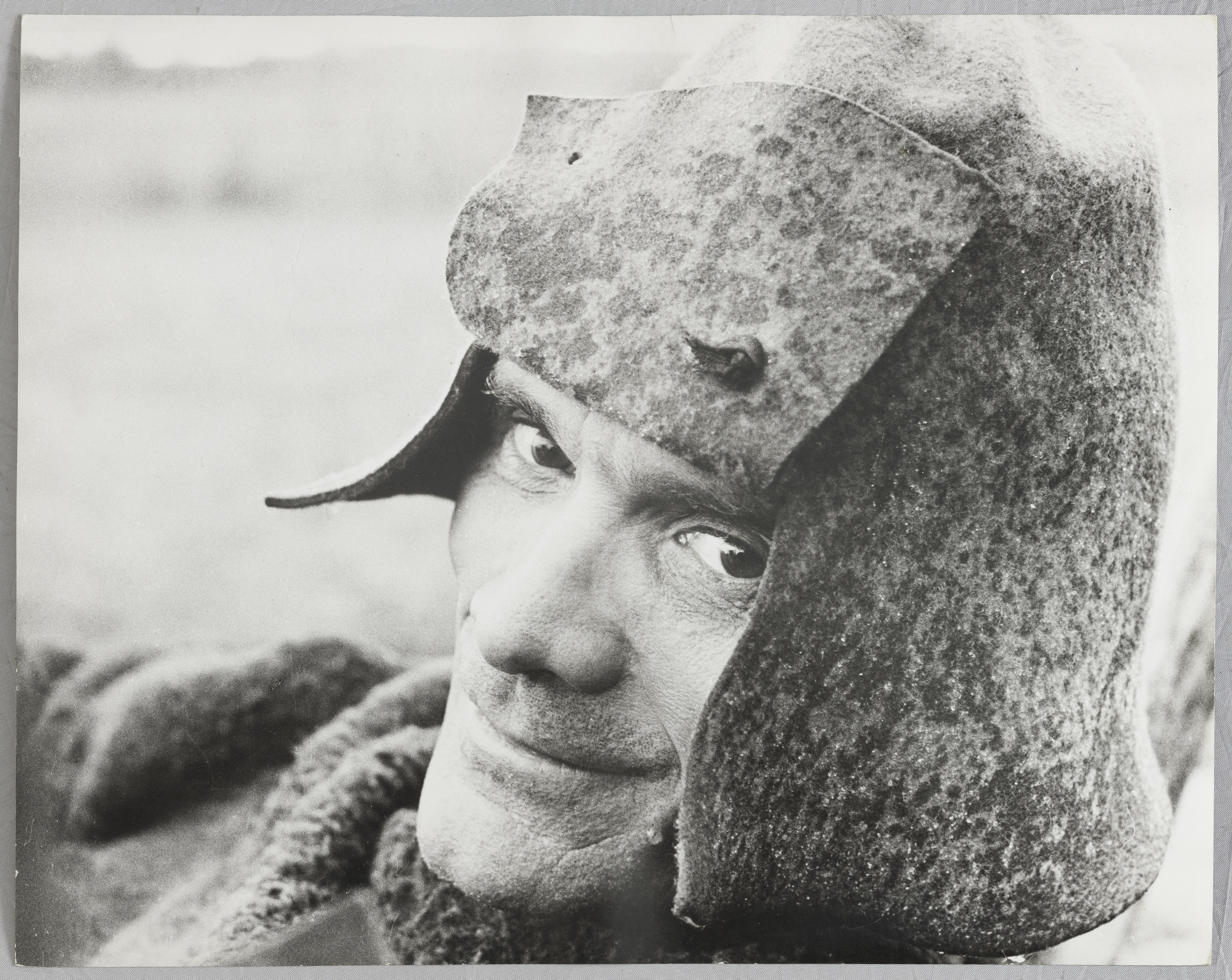Conference
May 13, 2017
Chausseestraße 128/129
Berlin 10115
Germany
Hours: Tuesday–Wednesday and Friday–Sunday 12–6pm
Thursday 12–8pm
T +49 30 2807020
nbk@nbk.org
Participants: Ute Meta Bauer, Hartmut Böhme, Frank Fehrenbach, Andreas Greiner, Inge Hinterwaldner, Peter Schiering, Georg Toepfer, Janina Wellmann
Concept: Hartmut Böhme and Beate Slominski
The conference "About Life - Biopolitical Perspectives in Science and Art" discusses concepts of life in the context of different sciences and in view of procedures for integrating bioscientific findings into social and cultural institutions. Biosciences provoke a general need for orientation regarding the concept of life and thus stand in the tradition of determination of man that has been relevant since at least the 17th century. The technical potentials that come with the progress of biology lead to problems that cannot be answered by science alone. In fact, questions are arising about the cultural anthropological significance of biotechnically engineered entities and about their integration into existing cultural contexts. Intervening in these seemingly inner-scientific problems are also the arts: contemporary positionings of the arts within Bio-Art, the Anthropocene and geoaesthetics consider themselves as an artistic exploration and representation of the biosphere.
At present, biology seems to be on the verge of achieving the technical mastery of life. Nevertheless, it seems that in our century the question of life, instead of being clarified, invariably entails further problems and complications. The popular discussions about the cultural, political and scientific consequences of life sciences show how important it is not to separate biological from cultural dimensions. In spite of the growing insight into the interactions between “science” and “culture," a more intensive discussion of the progress of biology, which is fundamentally concerned with human self-understanding, has taken place only rather recently. Hence, questions such as the following remain open and are to be discussed at the conference: as what is the living (human) entity to be understood? In what way are the boundaries between inanimate and animate entities blurred upon the implementation of advanced technologies? When does life begin? What is the status of self-organization, self-generativity and sensitivity of organisms? How to construct the link between cultural symbols and biological significance? How do organisms generate a sphere of meaning in the interplay with the outside world? What is the contribution of the arts to the determination of the living?
In German
Free admission
Program
Saturday, May 13, 2017
1–4pm
Hartmut Böhme
Introduction and moderation
Professor emeritus for cultural theory and history of mentalities, Humboldt-Universität zu Berlin
Frank Fehrenbach
Quasi vivo. Das Lebendige als Bild (The animated as a picture)
Alexander von Humboldt Professorship, institute of art history, Universität Hamburg
Georg Toepfer
Leben darstellen: Sprüche, Diagramme, Bilder (Depicting life: sayings, diagrams, pictures)
Head of Research “Lebenswissen” (knowledge of life), Zentrum für Literatur- und Kulturforschung Berlin (ZfL)
Janina Wellmann
Zwischen Schnitten. Konstruktionen von Leben in der modernen Biologie (Between cuts. Constructions of life in modern biology)
Junior director of the DFG college research group “Medienkulturen der Computersimulation” (media cultures of computer simulation), Leuphana University of Lüneburg
4:30–7:30pm
Peter Schiering
Introduction and moderation
Cultural journalist, initiator and chairman of SALON NEUCOLOGNE e. V., Berlin
Ute Meta Bauer
Jam sessions between arachnids and Homo sapiens – Arachnid Orchestra of Tomás Saraceno
Professor and founding director of the NTU Centre for Contemporary Art Singapore
Inge Hinterwaldner
Lebendigkeit aus dem Rechner oder berechnete Lebendigkeit? (Aliveness from the computer or computed aliveness?)
Professor of art history and visual studies of modern and contemporary art, Humboldt-Universität zu Berlin
Andreas Greiner
I am not the Artist
Visual artist, awardee of the GASAG Art Prize 2016

